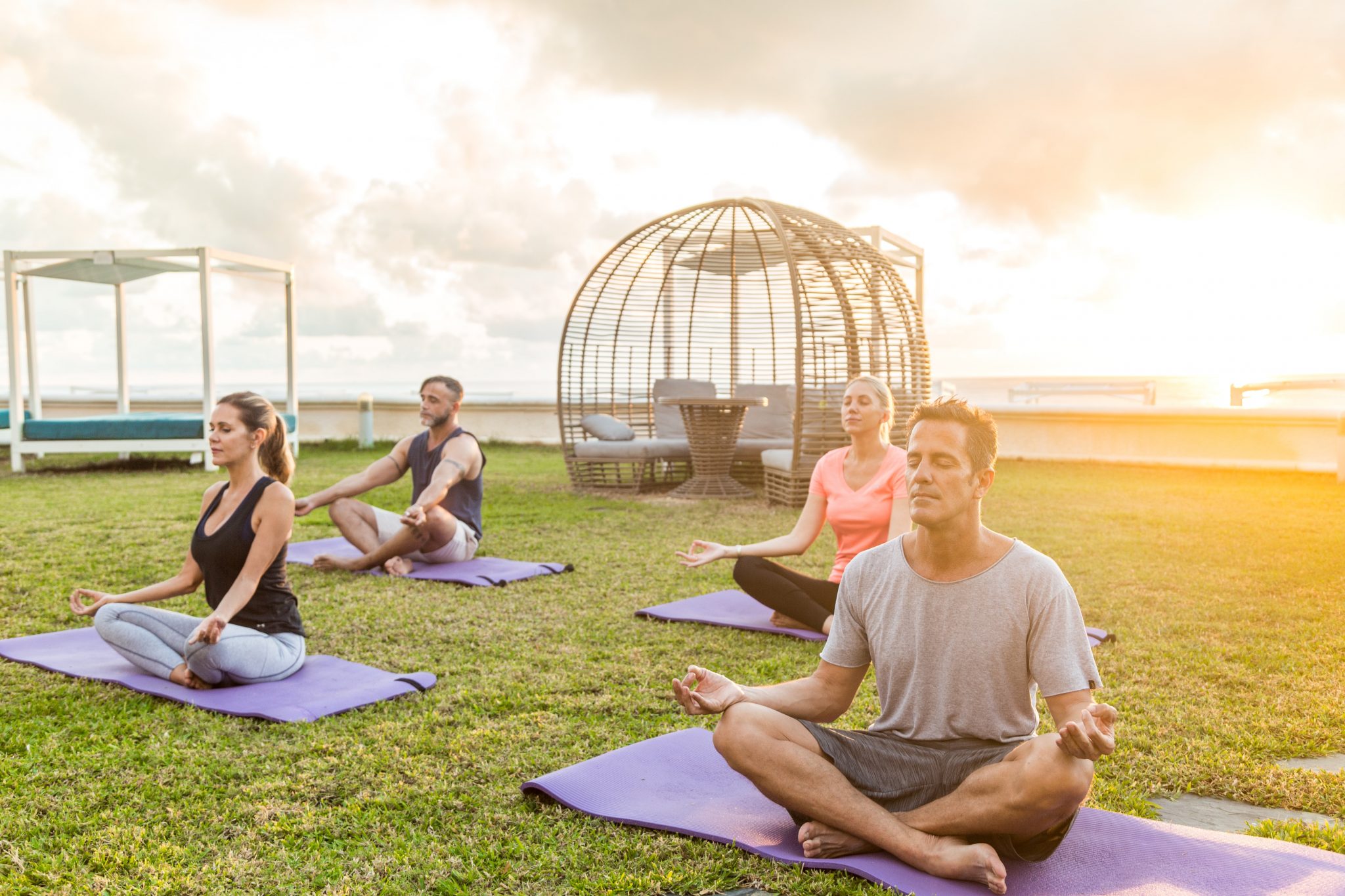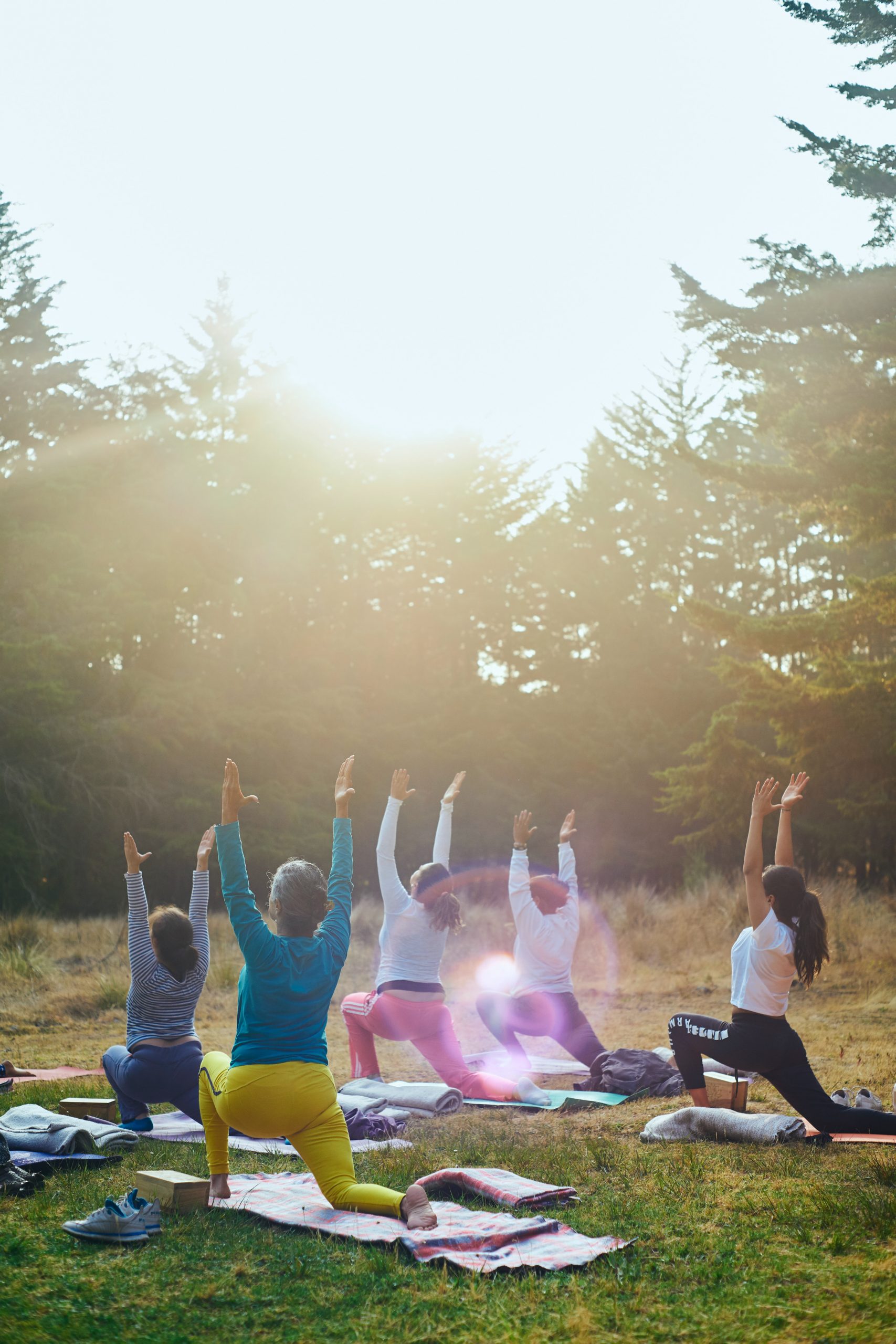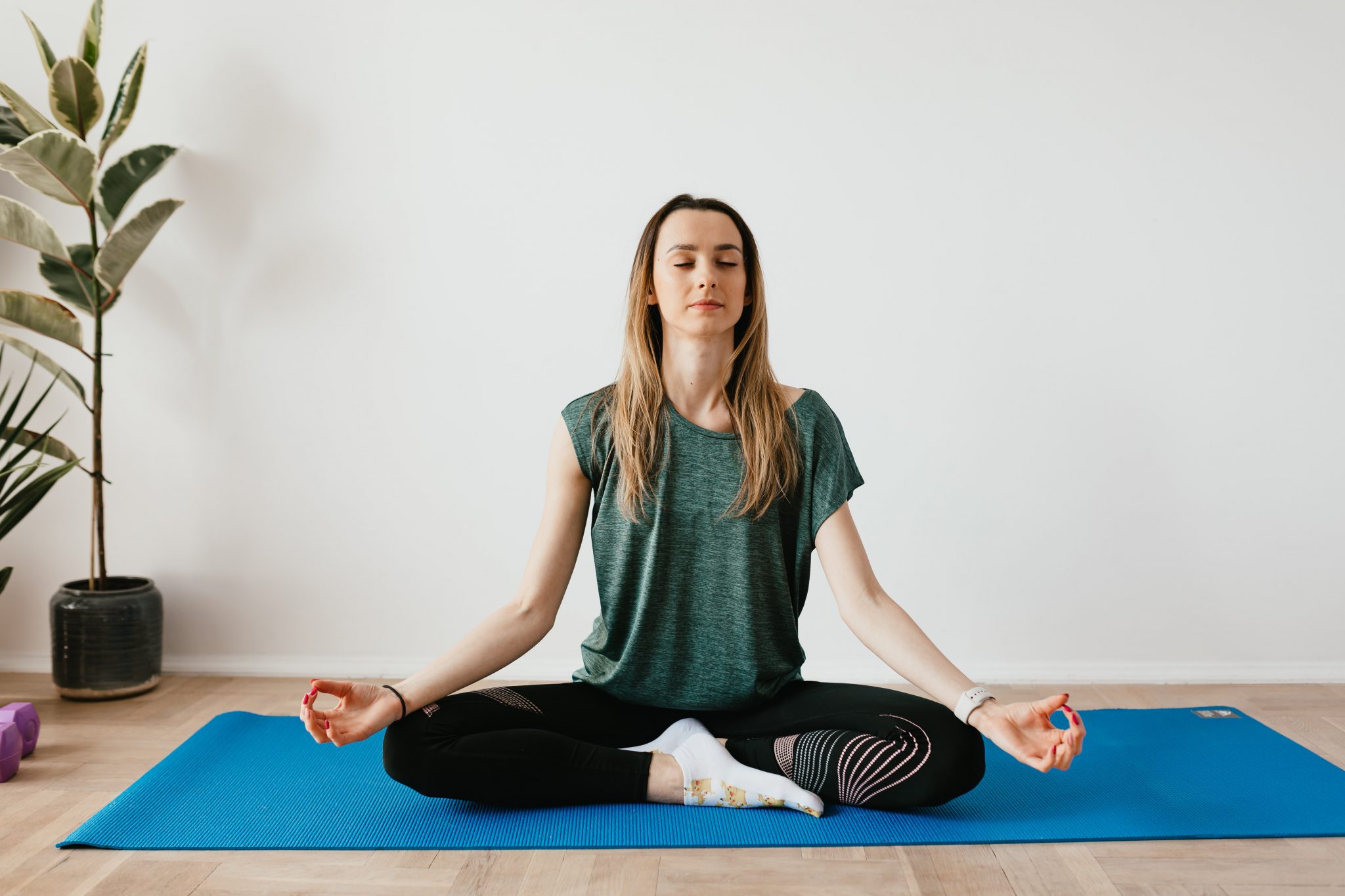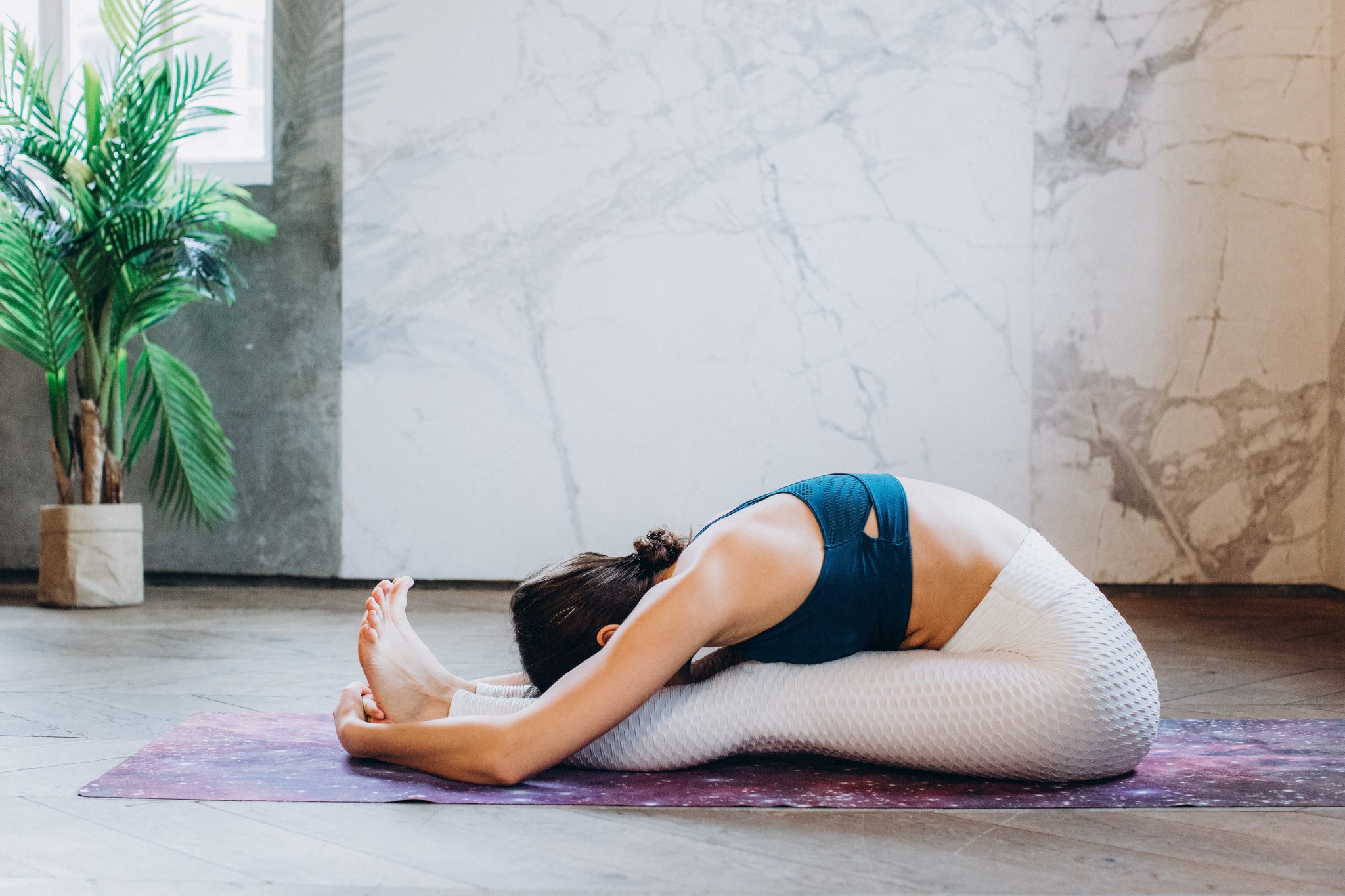Consistent yoga practice brings about many benefits, including reducing stress, helping with anxiety, and centering yourself emotionally. The only way yoga can do that in the modern age is through the many years of evolution that came after the origin of yoga.
Without where yoga started, it would be a pale imitator of the practice we know and love today.
The first mentions of yoga are from scriptures that date back to 5,000 years in India. Developed in Northern India by the Indus-Sarasvati civilization, these texts got used by Brahmans, the Vedic priests.
Learn Yoga Online
Meet Amphy
The largest marketplace for live
classes, connecting and enriching
humanity through knowledge.




